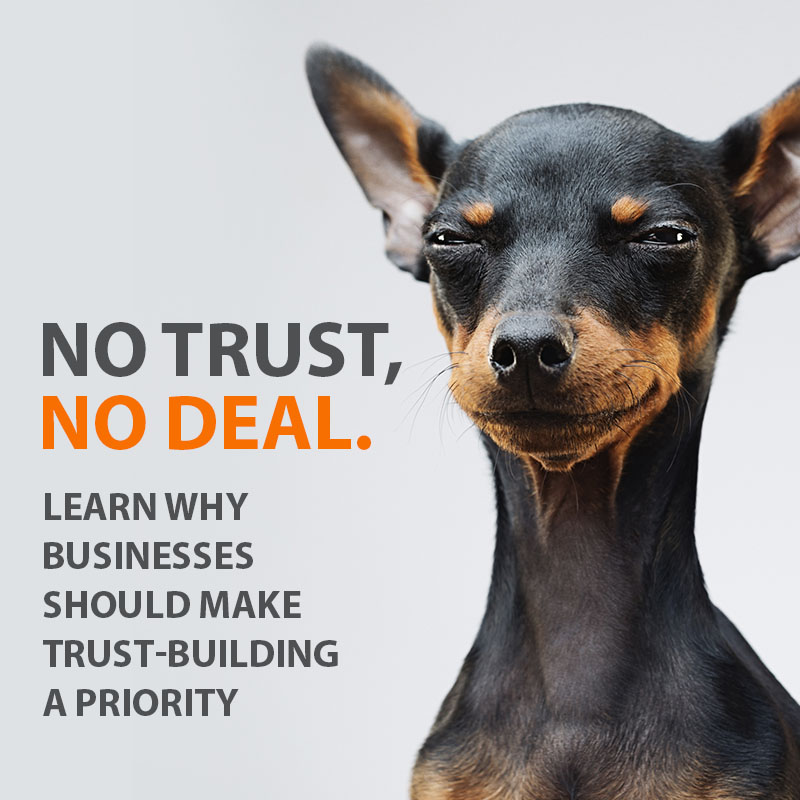While you would not expect a technology company to discuss topics such as trust, we’re not like most managed service providers (MSPs). We understand how technology affects trust and impacts your people, processes and bottom line. That’s why we’re here to show you how to leverage trust to achieve your organizational goals.
When we talk about trust in the technology industry, we usually mean zero trust. While that’s an equally important topic, it isn’t the topic of discussion here. In this blog post, we’ll concentrate on how technology andprocesses can help your business build trust with employees and customers.
According to Forrester Research, trust is confidence in the high probability that a person or organization will spark a specific positive outcome in a relationship.
Roadmap to trust-building
Since trust has a significant impact on the future course of your business, take extra care while nurturing it. Consider the following six actions when striving to improve organizational trust with employees, customers and other stakeholders.
1. Place extra emphasis on trust-building
Without a strong level of trust that supports collaboration and innovation, no firm can achieve long-term success. The most effective leaders foster an environment where employees feel free to discuss the latest, groundbreaking topics.
2. Understand the concept of trust from both inside and outside the company
Trust can only be fostered inside the organization if the leadership is competent and has the employees’ best interests at heart. Employees must feel as if they are part of a team working toward a common goal. Transparency can earn trust from the perspective of an outsider. This entails being honest, open and accountable.
3. Determine stakeholders to build trust with
Your target stakeholders should be the ones who care about your product or service. They might be customers, clients, employees or partners.
Once you’ve identified your target stakeholders, it’s crucial to understand what they want from you. Then, it’s time to reach out to them with the intention of trust-building in a way that resonates with them.
4. Express trust quantitatively
To begin quantifying trust, start by answering the following questions: What are the criteria and elements that go into deciding whether or not to trust someone? In a given scenario or relationship, how much trust is there? What factors contribute to increased or decreased trust?
5. Proactively invest in building, mending and improving trust
Investments made to strengthen trust must be seen as an investment for the future. This is because the benefits of safeguarding and nurturing trust extend beyond the company’s internal operations to its relationships with customers and other external partners.
6. Realize that trust management is not a one-time exercise
The digital world has introduced a new challenge for businesses of all sizes: trust management. For leaders, this means an ongoing effort to assess and rebuild trust, sometimes from the ground up. This may seem like a daunting task, but it is inevitable and something that businesses must proactively undertake.
Are you confused about where to begin?
Many businesses do not value trust-building without realizing that it can make or break their organizations. Small and medium-sized businesses (SMBs) must strive to build trust among their customers, employees and partners to survive and thrive. However, keep in mind that even a careless mistake can damage trust, and when it happens, it can be difficult for a small business to bounce back.
This is where an expert MSP like us can help. Our expertise and knowledge can smoothly guide you on the path of trust-building. Reach out for a no-obligation consultation today.
Additionally, to learn more about the topic, feel free to download our eBook titled “Trust Matters: SMBs Can Prosper by Prioritizing Trust-Building” by emailing us at [email protected].
